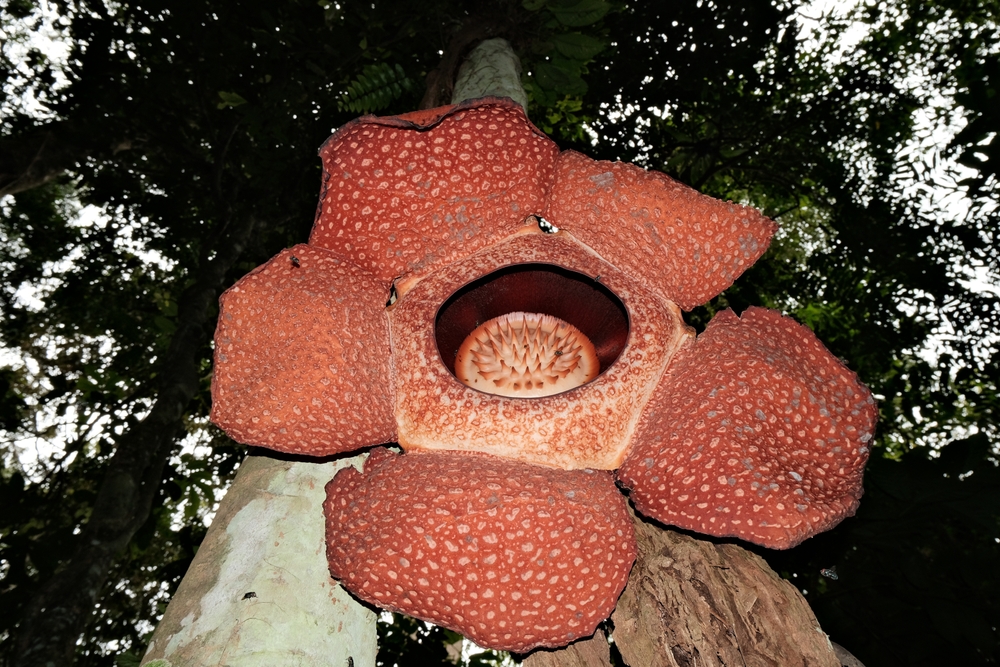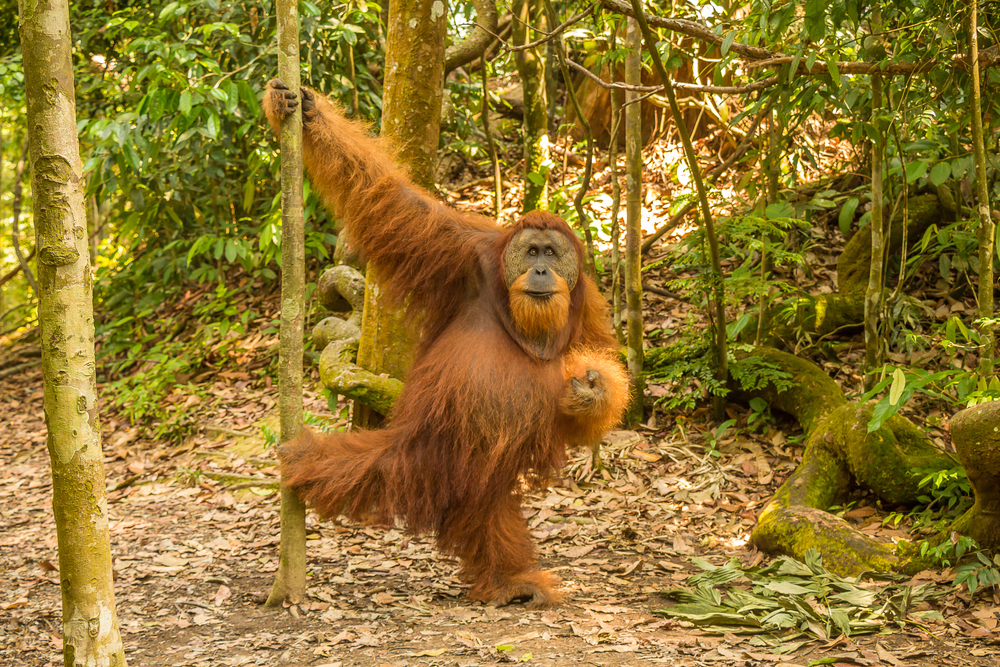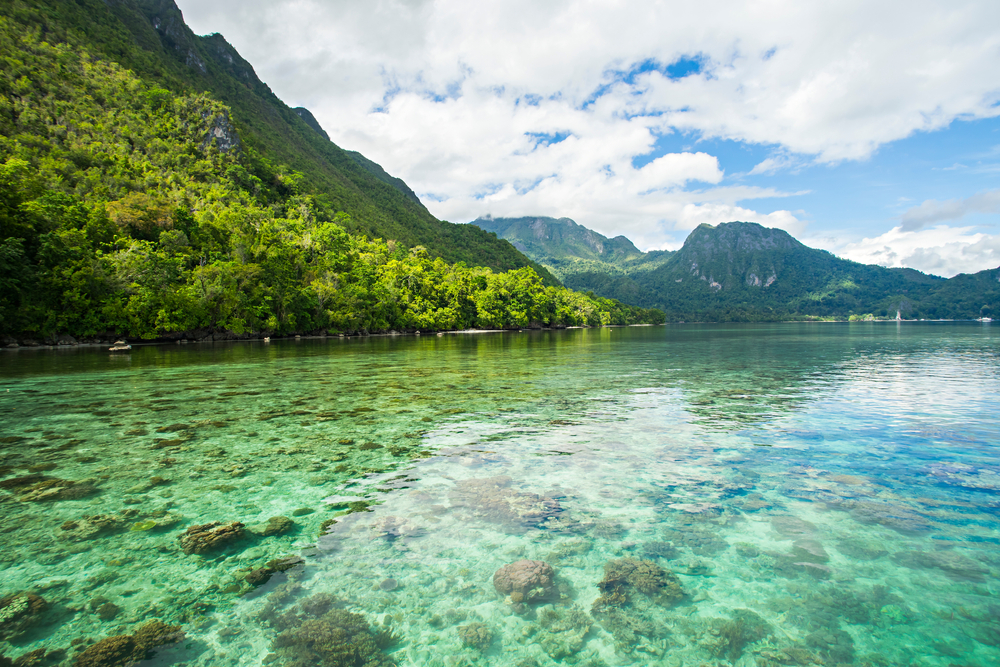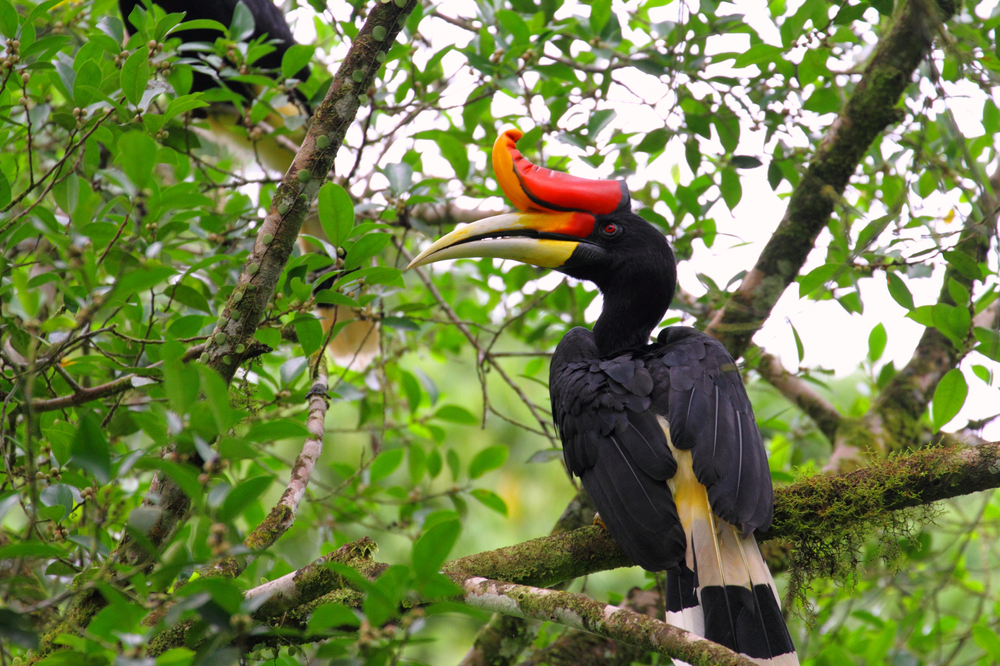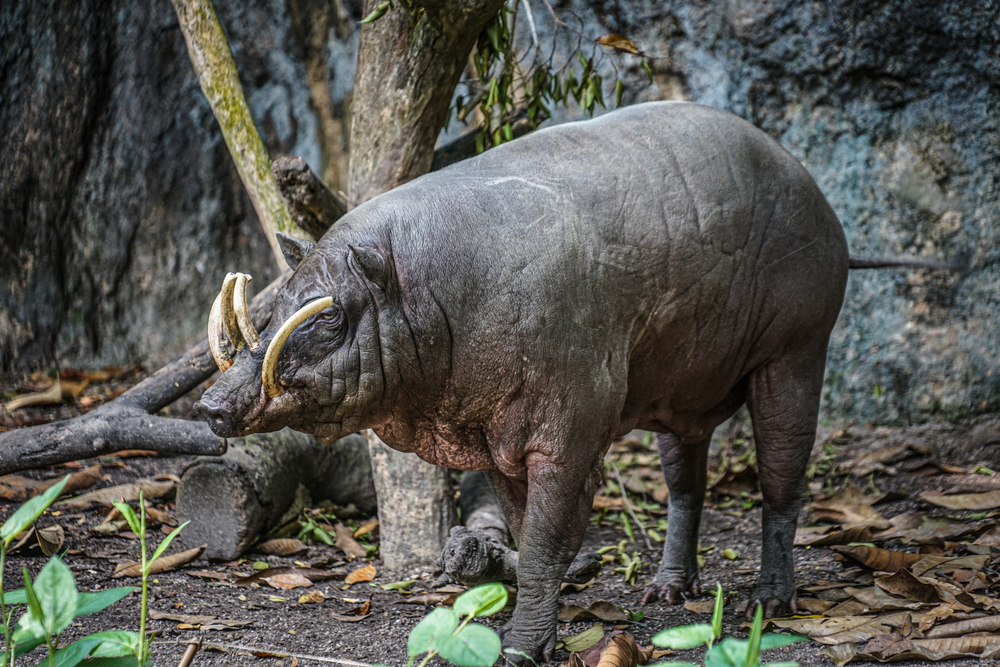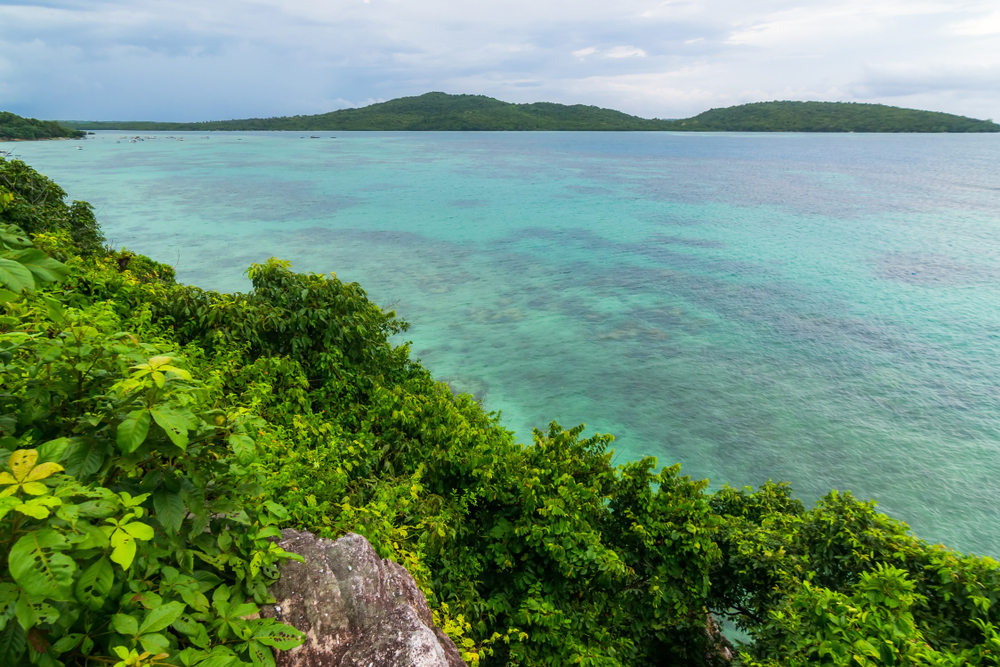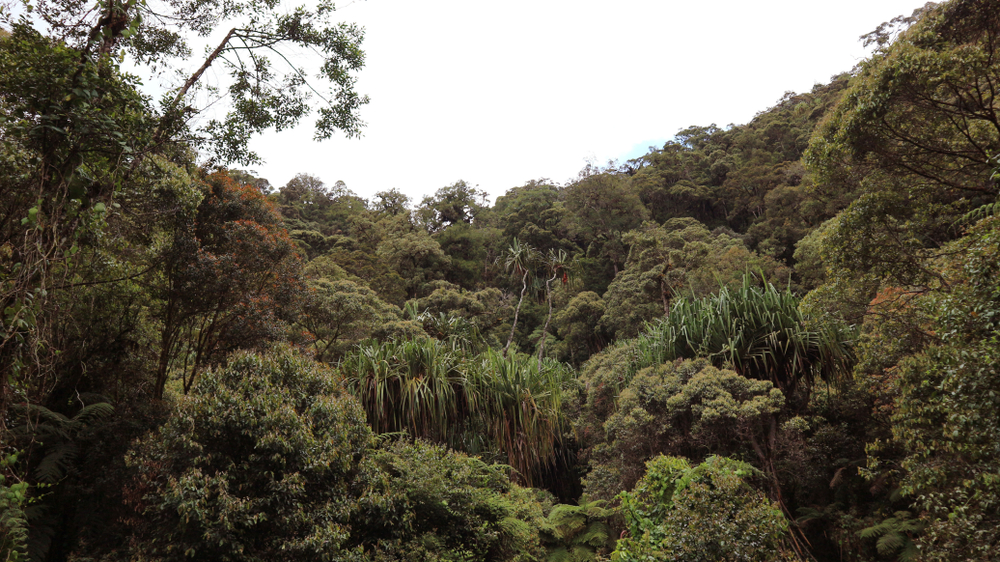Bogani Nani Wartabone Overview
Bogani Nani Wartabone National Park, located in the northern part of Sulawesi, Indonesia, is an expansive and biologically rich protected area. Known locally as Taman Nasional Bogani Nani Wartabone, the park spans approximately 1,313 square miles (3,415 square kilometers) and stretches across Gorontalo and North Sulawesi provinces.
Its location on the Minahasa Peninsula, in the heart of the Wallacea region, places it within one of the world’s biodiversity hotspots, where Asian and Australasian species intermingle to create a unique ecological tapestry.
The park’s terrain is defined by rugged mountain ranges, dense tropical rainforests, and rolling lowland areas. Towering peaks like Mount Ambang and Mount Gambuta are prominent landmarks, while rivers such as the Bone and Bolango wind through the park, providing life to its verdant landscape. Waterfalls cascade down forested slopes, and caves punctuate limestone formations, creating a dramatic and varied environment.
The vegetation is equally diverse, ranging from lowland dipterocarp forests to montane and mossy forests at higher altitudes. Giant trees, ferns, and orchids thrive here, making the park a lush and vibrant ecosystem.
Bogani Nani Wartabone is home to an impressive array of wildlife, including many species found nowhere else on Earth. Key mammals include the endangered anoa, a small forest-dwelling buffalo, and the Sulawesi macaque, a primate endemic to the island. The park also shelters the elusive babirusa, a wild pig with distinctive upward-curving tusks, and the Sulawesi civet, a nocturnal carnivore.
Bird enthusiasts are drawn to the park to spot rare species like the maleo, a ground-dwelling bird known for its unique nesting behavior, and the brightly colored red-knobbed hornbill, a symbol of Sulawesi’s forests. Reptiles, amphibians, and an abundance of insects further enhance the park’s extraordinary biodiversity.
Visitors to Bogani Nani Wartabone are captivated by its natural beauty and the opportunity for adventure. Popular activities include trekking through dense forests, exploring its caves, and birdwatching along its trails.
Local guides often lead eco-tours, sharing insights into the park’s flora, fauna, and cultural significance. The park also contains historical sites such as ancient megaliths and traditional village areas that offer a glimpse into the region’s rich cultural heritage.
Conservation efforts in the park have faced challenges, including illegal logging, wildlife poaching, and land encroachment. However, successful initiatives such as community engagement programs and partnerships with local and international organizations have bolstered protection measures. The park’s status as a UNESCO Biosphere Reserve highlights its global importance and underscores the ongoing commitment to preserving its unique ecosystems.
Bogani Nani Wartabone National Park remains a treasure trove of biodiversity and a sanctuary for some of Sulawesi’s most iconic species. Its awe-inspiring landscapes and rich wildlife make it a must-visit destination for nature enthusiasts and conservation advocates alike.











































































